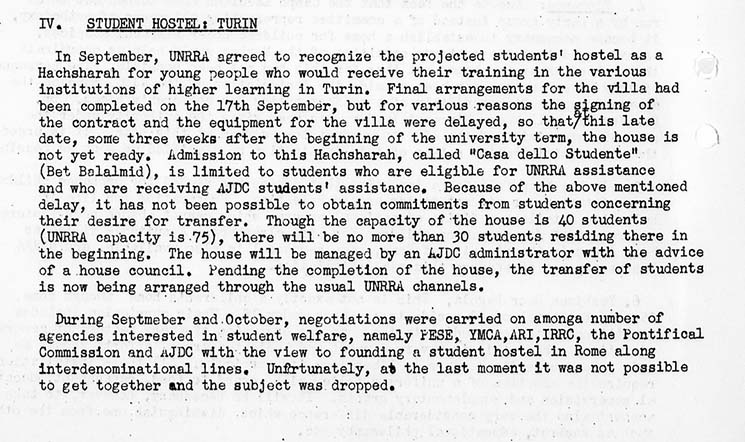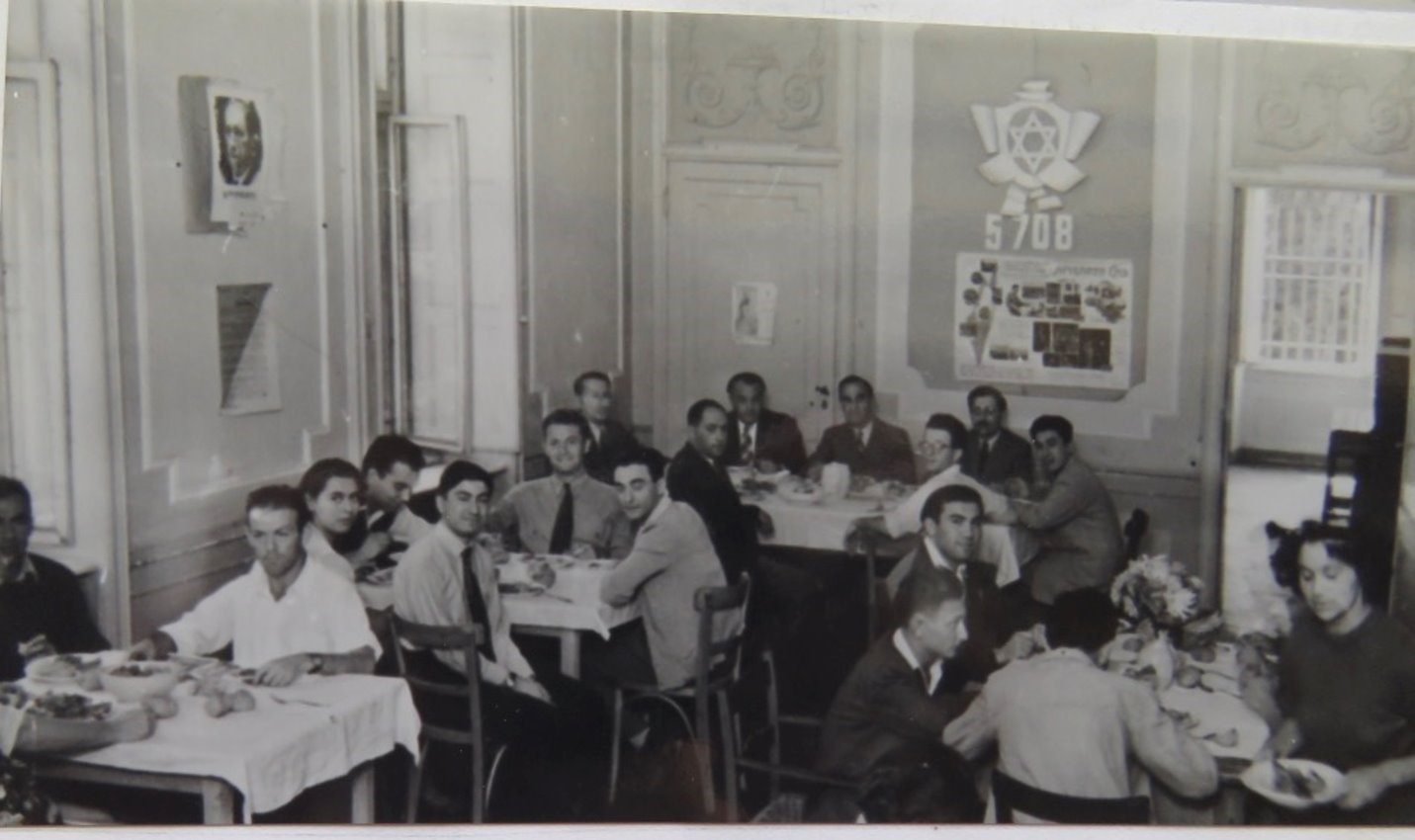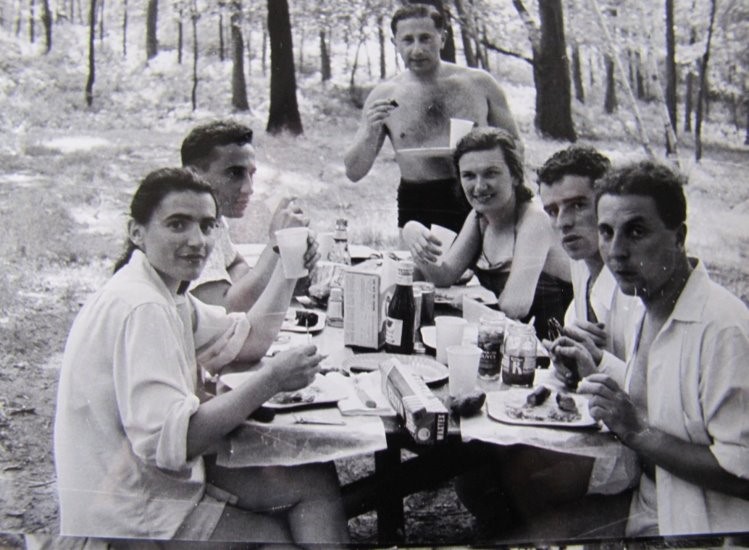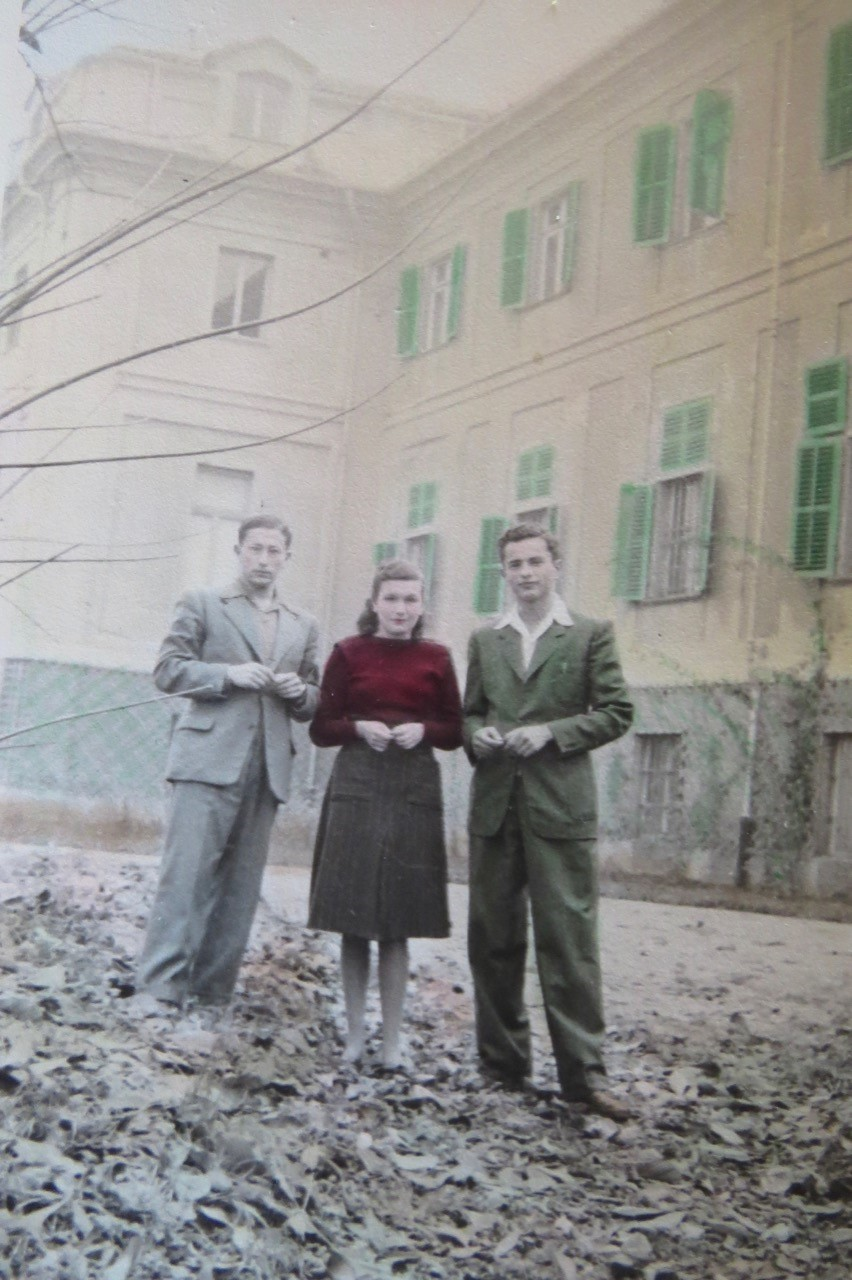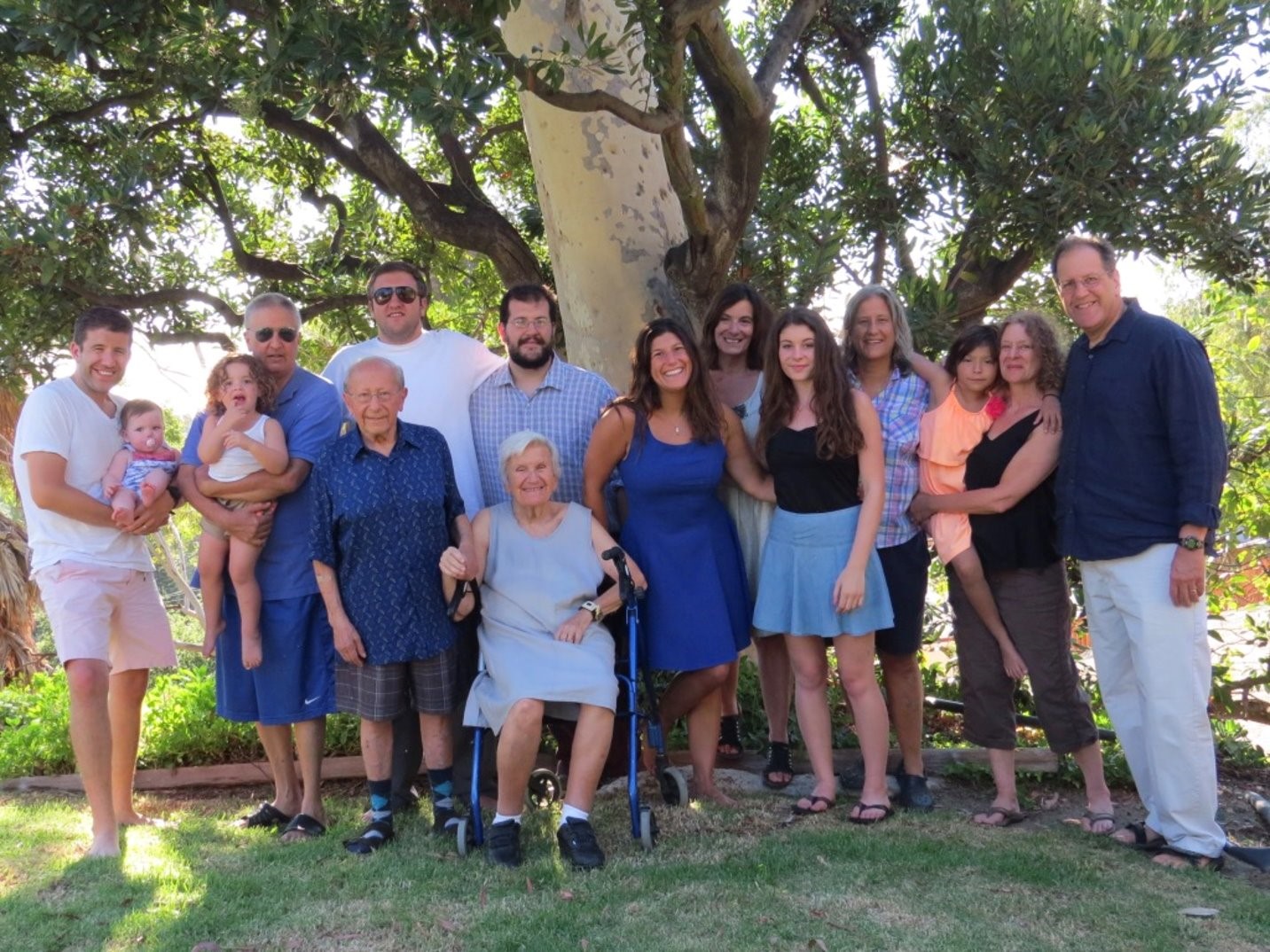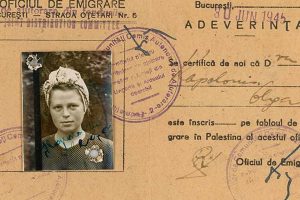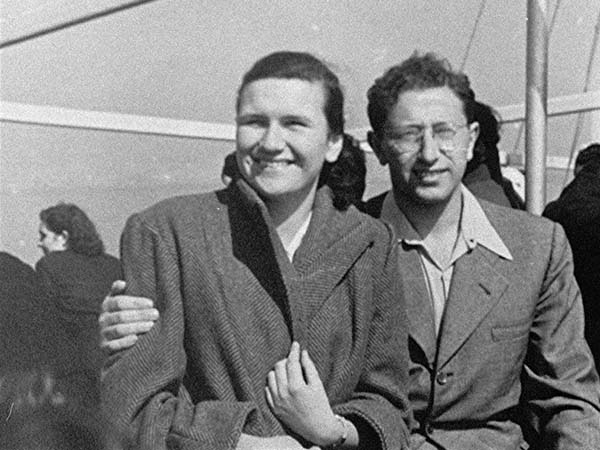
The Joint and the Casa Dello Studente
Getting a new lease on life in postwar Italy
My parents William and Pearl Good (formerly Wowka Zev Gdud and Perela Esterowicz) were born in Vilna, Poland (now Vilnius, Lithuania), which was a vibrant center of Jewish life and culture before the war. Out of the 100,000 Jews in and around Vilna when the Nazis occupied the region in June 1941, only 2,000 would survive. My father miraculously survived an execution at the Ponary killing grounds outside of Vilna and hid in the forest with his father for three years; the rest of his family perished. My mother and her parents survived the Vilna Ghetto and spent the last year of the war at the HKP slave labor camp on the outskirts of Vilna, escaping death due to the unexpected intervention of the camp’s German commander who covertly protected his workers from the murderous grasp of the SS.
After liberation, my parents each decided to leave the Soviet-occupied zone and smuggled themselves into Italy. Upon arrival, though, they were penniless, but they hoped to continue their studies, which had been interrupted by the war. After watching companions suffer from illness that he was powerless to help while hiding in the forest, my father endeavored to study medicine. My mother, learning with amazement that linoleum was made from linseed oil, was inspired to become a chemist.
The first time my father applied to the Joint for a $10 monthly stipend for food and lodging while he studied, they turned him down. Their reason was that my father wanted to go to Palestine, which already had too many doctors—so many, they said, that physicians were working on kibbutzim taking care of chickens! Therefore, they would not support him unless he chose a different career. Forced to choose between Palestine and medicine, my father chose to continue pursuing medicine, but was still left with the quandary of how to support himself while studying.
The refugees used to gather in a refugee soup kitchen where my father could get a free meal and socialize with other young Jewish survivors. There, he met Luciano Cohen, an Italian-Jewish engineering student, who advised him to take a different approach: instead of representing himself, he should ask for support on behalf of a group—the Jewish Student Union in Turin. When my father protested that he had never heard of the Jewish Student Union, Luciano informed him that my father was not only the founding member but was also the Secretary of the organization! Following Luciano’s advice, he put a notice in the Jewish refugee newspaper that anyone interested in enrolling at the university should contact Zev Gdud. Soon, he had thirty young refugees to represent and he approached the Joint again.
This time, he met with Dr. Gershon Gelbart, the Joint representative in Rome. My father could sense that Dr. Gelbart was a kind soul, and thus he pitched the idea that it would be a mitzvah to help this group of young Holocaust survivors. After several meetings, Dr. Gelbart agreed to their proposal and gave them the task of finding a suitable location for the hostel. My father and his friends, Paul Geleris and Jack Brauns, decided to try the University of Turin, as it would be easier for refugee students to gain admission there than in the impossibly overcrowded University of Rome. Brauns, already a medical student, had a classmate who knew a minor aristocrat, Count Raymondo, whose family owned an abandoned villa on the banks of the River Po that was within walking distance of the university. The Joint initially approved a one-year lease to try out the idea, but the students—wanting to secure a home for long enough to complete their studies—covertly asked the Count to demand a five-year lease. After some negotiation, a four-year lease was signed. The Joint paid the rent, gave food rations, and hired an administrator and cook so that the students would have secure lodging, be free from hunger, and could concentrate on their studies.
Casa Dello Studente opened its door in November 1946, and for the next four years a group of 55 young Holocaust survivors from across Europe pursued their educational dreams, grasping at a new chance in life. They supported each other in their studies, gave and received emotional support, and experienced the joy of a university experience with peers who could identify with their history of hardship, trauma, and loss. These students literally crawled out of the ashes of the Holocaust and, thanks to assistance from the Joint, were able to spend four secure years healing their wounds and concentrating on their studies. They also had fun together, organizing trips across Italy to visit Rome, Florence, and Venice.
Of course, romances began, and a total of five couples who met at the Casa eventually married, including my parents. These young students became remarkably successful citizens; among their ranks emerged doctors, architects, engineers, chemists, and writers. Many would be leaders in their fields and changed the communities that they lived in for the better. Paul Geleris became a pathologist and introduced the Pap smear to Southern California, an innovation which saved many lives. Stanley Wulc emigrated to the U.S. and started an engineering and manufacturing company that produced components for the Mercury, Gemini, and Apollo space programs. Bernard Roizman went on to head the Virology department at the University of Chicago. Gabriel Sedlis became an architect in New York City and designed buildings that still grace the New York skyline. My father William Good became a family physician in La Puente, California, where he delivered over 2,000 babies and cared for working class and poor families for 57 years. My mother Pearl Good became a research chemist at Pomona College helping to study how to mitigate air pollution.
The story of the Casa Dello Studente is a testament to the ability of humans to recover from the most horrific tragedies and circumstances. It also highlights the lasting benefits that the Joint Distribution Committee has made to families and communities around the world. The donations made by Americans to the JDC that allowed the support of the Casa, with time came back to reward institutions and communities across the U.S. and Israel. As the biblical saying goes, “cast your bread upon the water, it shall return.”
Explore your own family history in the JDC Names Index.
This piece is presented in memory of Dr. William Good (1926-2020), who passed away on December 25, 2020, from complications of COVID-19, and whose life was dedicated to healing the lives of others. May his memory be a blessing.
About the Author
Dr. Michael Good is a family physician living in Durham, CT. This story has been shared with his permission.

